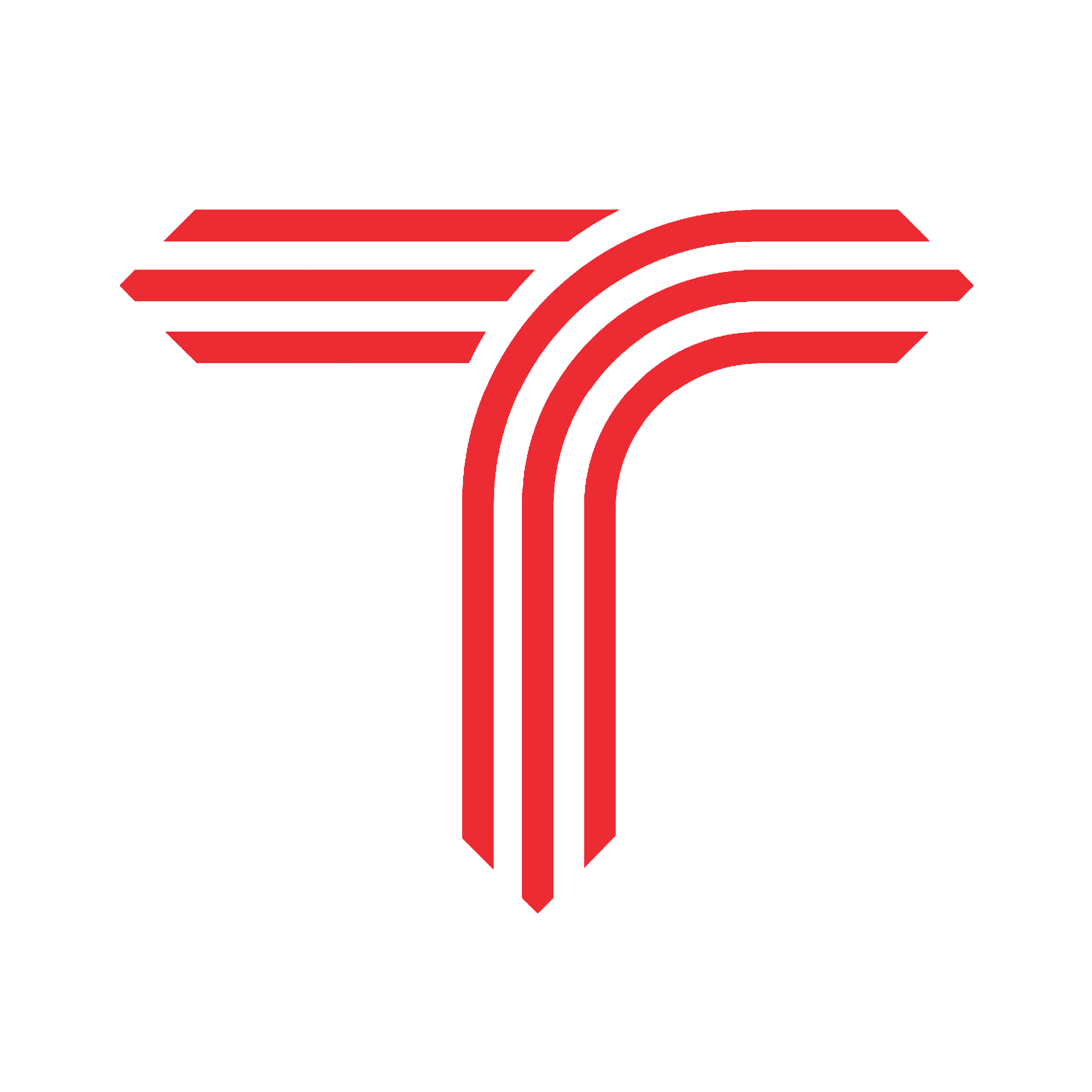Improving flexibility for runners
As runners we all know that remembering to stretch after a long run or a tough workout is something that often gets missed. We convince ourselves that a few dynamic stretches at some point in the first mile of our run will be enough. But this isn’t quite enough in improving flexibility for runners
Like anything, however, a dedicated commitment to stretching and improving flexibility can reap huge rewards for recovery and performance in particular by facilitating a longer stride length and quicker cadence. Making sure that muscles are supple and not too tight is also crucial to helping avoid not just soft-tissue injuries, but stress injuries and joint pain too. As looser muscles put less pressure on these areas of the body.
You can check out our free performance accelerator e-book here
What is flexibility for runners?
Being ‘flexible’ is not just how deep you can squat or whether or not your hamstrings will snap before you can get your fingers on the ground. Its important to consider the total range of motion of all of your muscles and the connective tissue that binds them and connects to other parts of your body. In other words, for runners, flexibility and mobility go hand-in-hand. The former referring exclusively to the passive range of motion i.e. the degree in which it can be manipulated when another force is exerted on it such as gravity or an exercise strap. Whereas mobility refers the extent of the muscle’s ability to move when we consciously direct it to do so.
Whilst both are important, ultimately, for runners what matters is not whether we can get our leg behind our heads but whether our legs can comfortably and smoothly move throughout the proper range of motion that running requires in a manner which promotes efficiency, speed, power and for distance runners in particular, enables endurance.
In reality, that means that whilst static stretches can help, particularly on recovery days and post-run, encouraging our bodies to go through the full range of running motion, consistently more often, is more important. This can be achieved by completing some basic drills like A and B Skips, High Knees, forcing your body into the full range of motion by doing strides at the end of a run or even participating in some yoga classes which focus on the hips and legs.

Our favourite stretches, moves and tips to improve flexibility for runners (and mobility)
Glute bridges
Glute bridges are brilliant way to fire up sleepy glutes, vital for running economy, whilst opening up the hip flexor to help improve stride length and power. Lie on your back, with your knees bent and push your hips upwards to form a bridge, hold for 2 seconds and lower back down in a controlled manner.
Foam roller/recovery gun
Properly releasing tired muscles is a great way to get them back into their most effective position. Foam rolling or using a recovery gun after a tough workout on tight and tired muscles including those with knots can help relax the soft-tissue fibres that can lead to injury and limit performance. Focus on the calf, soleus, hamstrings and IT band. Incorporate this into a static stretch routine, holding each stretch for up to a minute, so that you can get the full effect from all the muscles involved in running.
Couch stretch
This is a great stretch to release muscles in the core, hips and glutes. Place your front knee at 90 degrees and place the shin of your back leg against a wall or hooked on to the couch or coffee table. Sit your core up straight and push your hips outwards, repeating on the other leg.
Yoga
A great way to improve flexibility and mobility is to do regular yoga. You can find some great videos online that focus on the muscles that are most important for runners. To really feel the benefit, one yoga session per week is needed, built into a wider recovery, mobility and flexibility programme.
Frog pose
A personal favourite of mine and you will notice that most of the stretches focus on the hips, because often these are the tightest part of a runner’s body. Start with both knees wider than a regular yoga mat, unlike ‘child’s pose’, don’t pull your feet together. Slowly push back towards your feet and you should feel a stretch in your inner thigh. Hold for up to a minute.
Calf raises
Having flexible calves is not just important to get the most out of the muscle, but also to limit the risk of injury to other parts of your legs, most notably the shins and the muscles which cover them. Begin in a standing position on the edge of a step or bench, raise your heels by a few inches so that you are on the balls of your feet. Hold for 5 seconds and then lower your heels below the edge of the platform. Repeat 3 times, completing 12-15 reps. As you progress, you can add weight to this exercise to improve strength as well as flexibility and mobility.
Strides
Strides at the end of run are a great way to ensure that we utilise all the muscles that are involved in the mechanics of running. By forcing our legs to turn over quicker and by focussing on our form, getting a high knee drive etc, for a short period of time we can encourage better mobility and form. After your next easy run, try five 10 second strides at 80% of your maximum effort with a focus on driving your knees and relaxing your posture.
You can check out our free performance accelerator e-book here.
